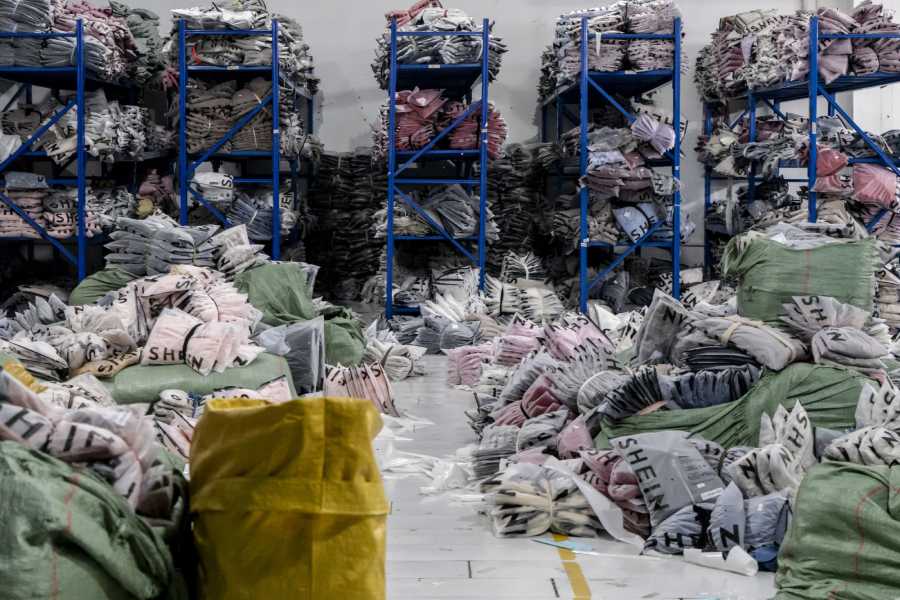 |
| The Laidhi dolls after their makeover |
Imphal, May 26: Manipur’s beloved Laidhi doll has had a Barbie makeover, but is keeping her Ras Lila finery.
“The people in the state are loving it. More importantly, we have got queries from all over the country. This could be the start of a new life for the Laidhi,” said A. Rebika Devi, a doll-maker.
The idea is simple. The manufacturers are procuring Barbie body parts, such as heads, hands and legs, and even shoes in moulded plastic for the Laidhi, traditionally made of cloth and straw, and dressing up the dolls in Ras Lila attire.
Not only is the new buxom Laidhi with a figure shaped like “8” a smash hit in the local market, the smart look has attracted buyers from the rest of the country as well.
“Customers are increasingly preferring the Laidhi in its new avatar to the traditional straw and cloth ones, though the new designs are definitely more expensive,” said Devi, also a member of the Kasturba Gandhi Seva Ashram of Khongman Imphal East.
The cloth and straw dolls cost between Rs 20 and Rs 500 while the Barbie clones come with a Rs 100-Rs 1,000 price tag.
“We have good market during festivals like Janmashtami and Rathyatra. The new designs also beat the traditional one in the local market. We do not regret making the change,” Devi added.
Impressed by the Laidhi’s metamorphosis, buyers from bigger cities like Calcutta have started asking for samples. The demand reportedly came after visitors from outside the state took away some of the new designs during an eco-crafts fair held in Imphal recently.
Rajmani Singh, a doll-maker in Imphal, said: “Manipur’s Laidhi always attracts visitors, particularly foreign tourists. A buyer from Calcutta has asked us to send some samples of the hybrid Laidhi. If displayed in big cities which foreigners frequent, the Laidhi could go places. We will soon send some of the best Laidhis in their new form.”
Initially, the doll-makers feared there could be objections to the transformation because the Laidhi is a part of Manipur’s cultural life. It is used in religious rituals and also in black magic.
“There is nothing wrong in it. Parents as well as children prefer the new designs. It is because the new design is more durable than the old straw one. Besides, it is easier to make the new design,” said Laishram Imo, a scholar in material culture.
Anthropologist M.C. Arun agreed. “As the market is a major driving force, doll-makers are only trying to find a viable market with this new design. But old is still gold.”










